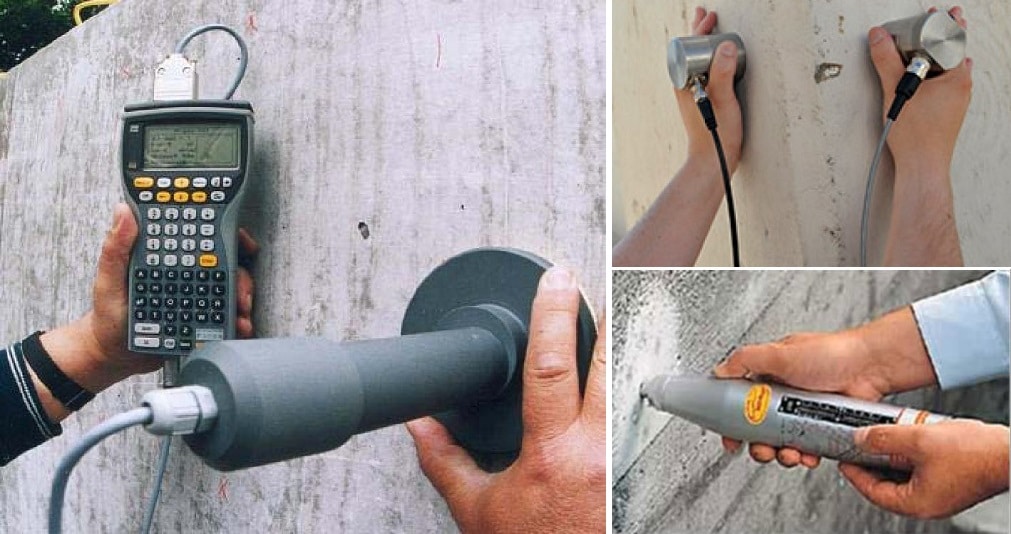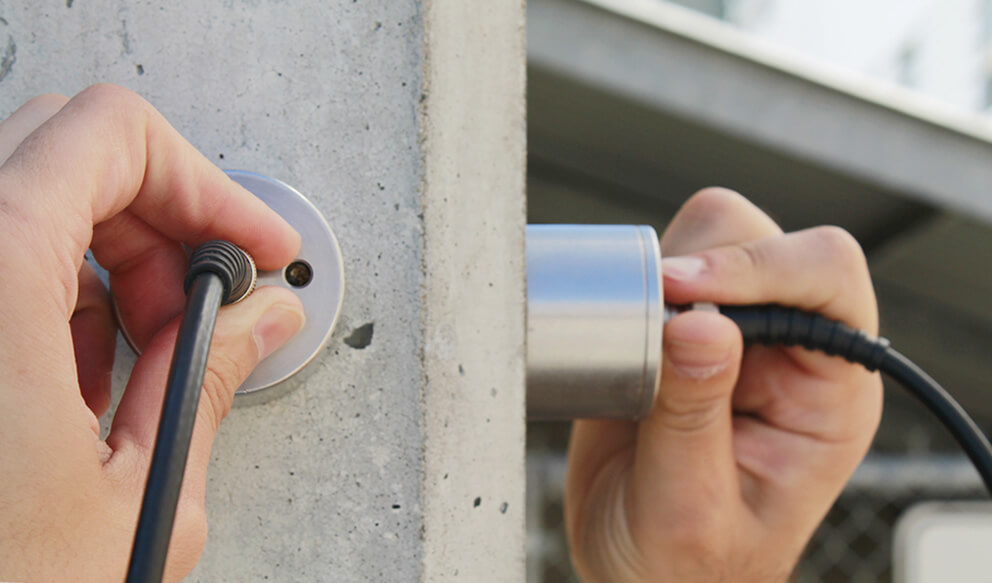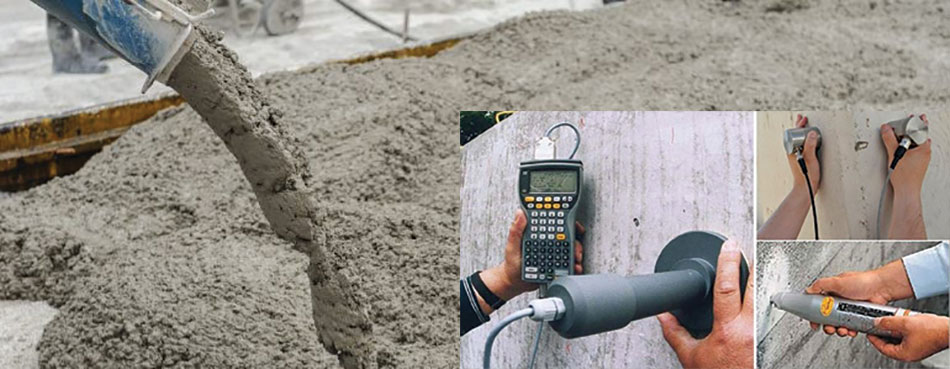For visitors who are not already familiar with NDT, the general information below is intended
to provide a basic description of NDT and the most common test methods and techniques
used when performing NDT. As such it is not highly detailed orall encompassing, and for
more comprehensive informationreaders should refer to ASNT publications such as the
ASNT NDT Handbooks or the ASNT Personnel Training Publications (PTP) Classroom Training Series, all of
which are available from ASNT’s bookstore. Also, standards covering these test methods are
listed on the "Codes and Standards Bodies" page under the NDT Resources Center tab.
To maintain consistency, the techniques described for each test method are those listed in the 2011
edition of ASNT’s Recommended Practice No. SNT-TC-1A.

What Is Nondestructive Testing?
Nondestructive testing (NDT) is the process of inspecting, testing, or evaluating materials, components or
assemblies for discontinuities, or differences in characteristics without destroying the serviceability of
the part or system. In other words, when the inspection or test is completed the part can still be used.

In contrast to NDT, other tests are destructive in nature and are therefore done on a limited
number of samples ("lot sampling"), rather than on the materials, components or assemblies
actually being put into service.
These destructive tests are often used to determine the physical properties of materials such
as impact resistance, ductility, yield andultimate tensile strength, fracture toughness and
fatigue strength, but discontinuities and differences in material characteristics are more
effectively found by NDT. Today modern nondestructive tests are used in manufacturing,
fabrication and in-service inspections to ensure product integrity and reliability, to control
manufacturing processes, lower production costs and to maintain a uniform quality level.
During construction, NDTis used to ensure the quality of materials and joining processes
during the fabrication and erection phases, and in-service NDT inspections
are used to ensure that the products in use continue to have the integrity necessary
to ensure their usefulness and the safety of the public.
It should be noted that while the medical field uses many of the same processes, the
term "nondestructive testing" is generally not used to describe medical applications.

NDT Test Methods
Test method names often refer to the type of penetrating medium or the equipment
used to perform that test. Current NDT methods are:Acoustic Emission Testing (AE),
Electromagnetic Testing (ET), Guided Wave Testing (GW), Ground Penetrating Radar (GPR),
Laser Testing Methods (LM),
Leak Testing (LT), Magnetic Flux Leakage (MFL), Microwave Testing, Liquid Penetrant Testing (PT),
Magnetic Particle Testing (MT), Neutron Radiographic Testing (NR), Radiographic Testing (RT),
Thermal/Infrared Testing (IR), Ultrasonic Testing (UT), Vibration Analysis (VA) and Visual Testing (VT).
The six most frequently used test methods are MT, PT, RT, UT, ET and VT. Each of these test method
s will be described here, followed by the other, less often used test methods.
